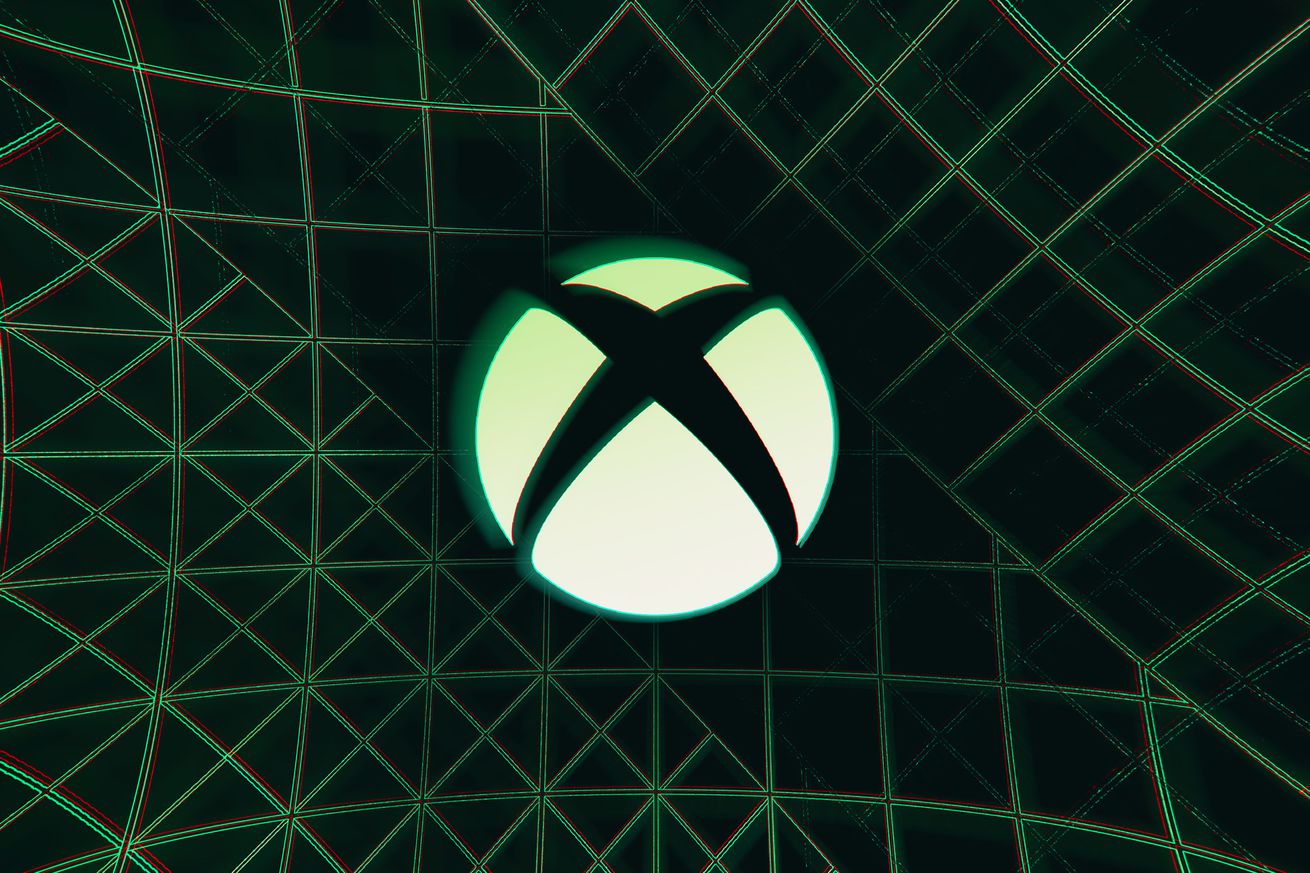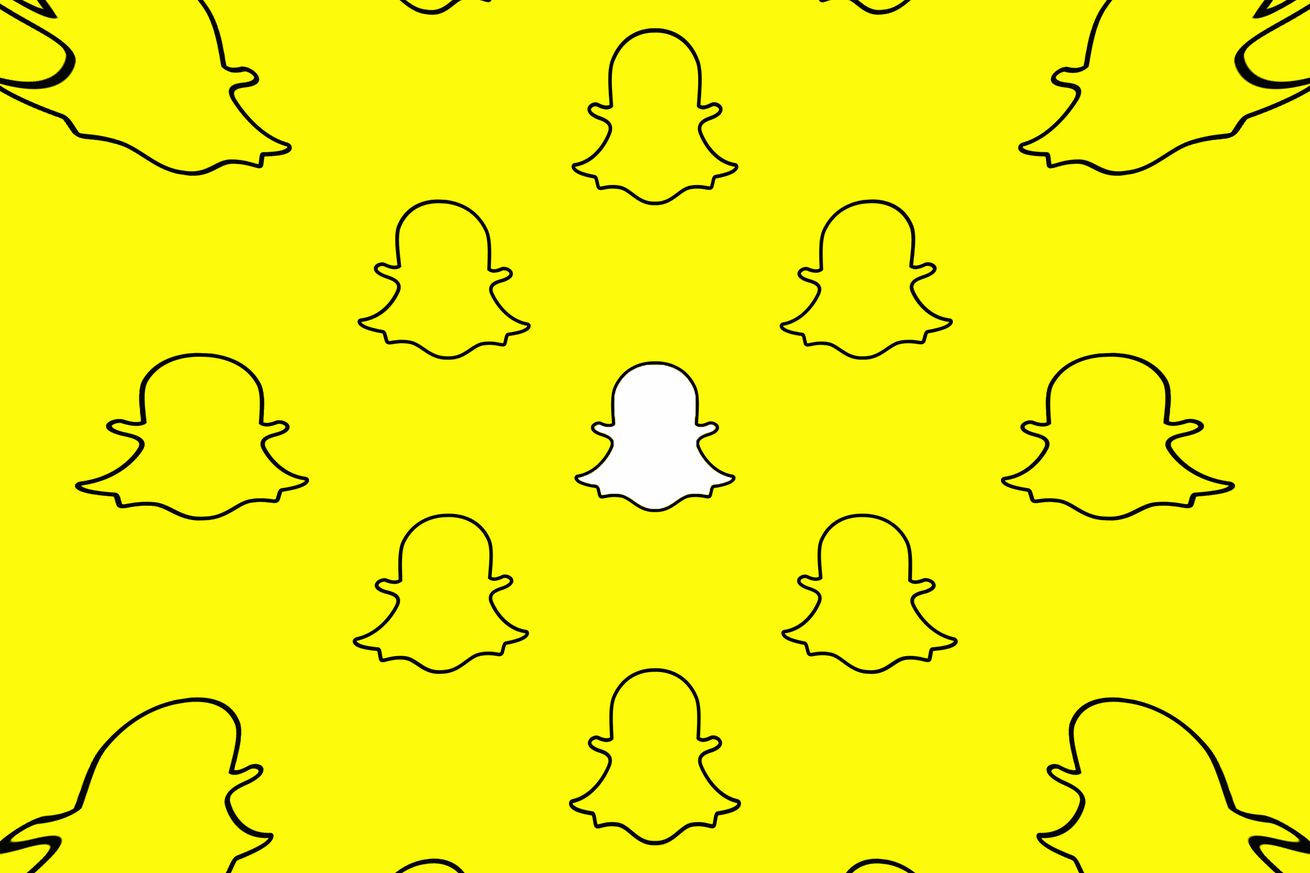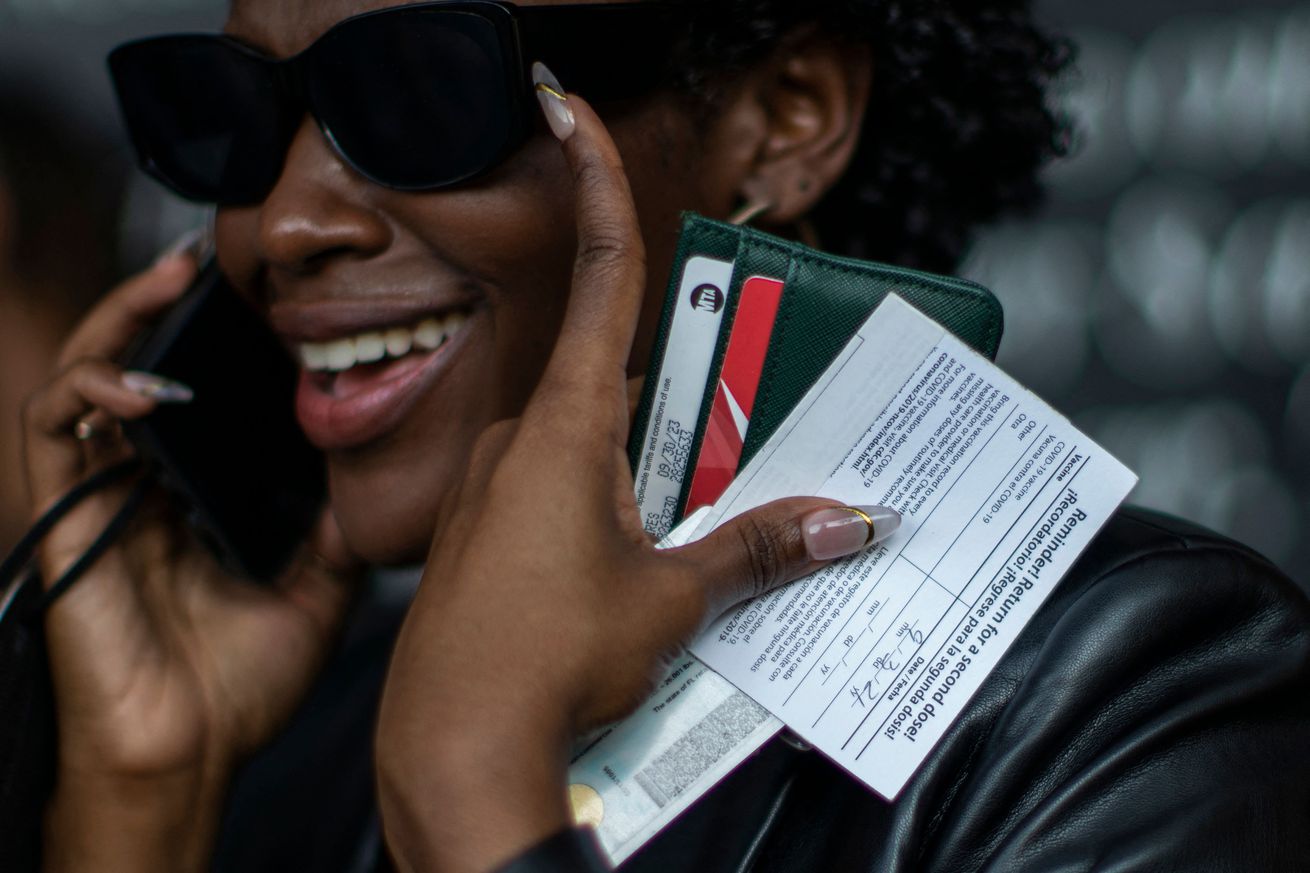
Xbox is making it easier to find accessibility information for games, according to an announcement from the company at its Accessibility Showcase. Games in the Microsoft store will have accessibility feature tags, so players with disabilities can make sure games have the features they need before buying or downloading them. The tags are appearing in the store for members of the Xbox Accessibility Insiders League (XAIL) starting today and will eventually roll out to all Xbox users.
The tags address an issue commonly expressed by players with disabilities: they often have to do their own research to figure out which games they can play. Listing certain features in the store consolidates information that can be frustrating to track down, especially if it’s not available on developer websites or in reviews. Publishers will also be able to link to additional information from the store. While the tag system is starting in the Microsoft Store, Xbox says they’ll also start showing up on Xbox.com, the Xbox app on PC, and Xbox Game Pass apps in coming months.
/cdn.vox-cdn.com/uploads/chorus_asset/file/22891763/accesibility_spotlight.png)
Image: Xbox
Xbox says it plans to gather feedback from XAIL members over the next month before expanding the availability of the tags. Part of the fine-tuning for the tags involves determining specific sets of criteria that games need to meet in order to be labeled with each feature — a game with subtitles that can’t be resized, for instance, wouldn’t meet the bar for the subtitle options tag. The list of tags includes 20 features, like narrated game menus, input remapping, and single stick gameplay, and more could be added in the future based on feedback from players.
“We look at this as an opportunity to up-level the industry a little bit,” says Anita Mortaloni, Director of Accessibility at Xbox, who hopes the criteria for the tags will encourage more developers to build robust accessibility features into their games.
“As we continue on this journey, more and more titles will get [the tags] and hopefully inspire developers to look at those criteria and design their game with those in mind,” says Mortaloni, “because they know that once they publish, their titles can be tagged with those because they put that work in from the beginning.”
There’s also a new “Accessibility Spotlight” section in the store, with games in different categories based on the accessibility features they have, like audio or visual. Search results will be filterable by feature in coming months, according to Xbox.
Xbox also announced several other features that it says will launch soon:
- Quick settings, which allow people to toggle accessibility features on or off without leaving a game or app.
- Global color filters on Xbox Series X|S, for people with colorblindness to customize how colors are displayed across games, apps, and menus.
- Night mode with adjustable filters and brightness, controller and power button light dimming, and scheduling options.
- A free gaming accessibility fundamentals course for developers launching in Microsoft Learn in late October.
Watch the full Xbox Accessibility Showcase below:
Update October 1st, 5:30PM ET: Added comments from Anita Mortaloni.

/cdn.vox-cdn.com/uploads/chorus_asset/file/22894558/sonyGameTrials.jpeg)

/cdn.vox-cdn.com/uploads/chorus_asset/file/22894517/Screenshot_20211001_155057.png)
/cdn.vox-cdn.com/uploads/chorus_asset/file/22894520/Screenshot_20210930_164122.png)
/cdn.vox-cdn.com/uploads/chorus_asset/file/22894524/Screenshot_20210930_163837.png)
/cdn.vox-cdn.com/uploads/chorus_asset/file/22894525/Screenshot_20210930_163903.png)
/cdn.vox-cdn.com/uploads/chorus_asset/file/22894539/Screenshot_20210930_164730.png)
/cdn.vox-cdn.com/uploads/chorus_asset/file/22894542/Screenshot_20210930_164746.png)



/cdn.vox-cdn.com/uploads/chorus_asset/file/22894528/Screen_Shot_2021_10_01_at_3.13.13_PM.png)
/cdn.vox-cdn.com/uploads/chorus_asset/file/22894447/Screen_Shot_2021_10_01_at_1.31.03_PM.png)



